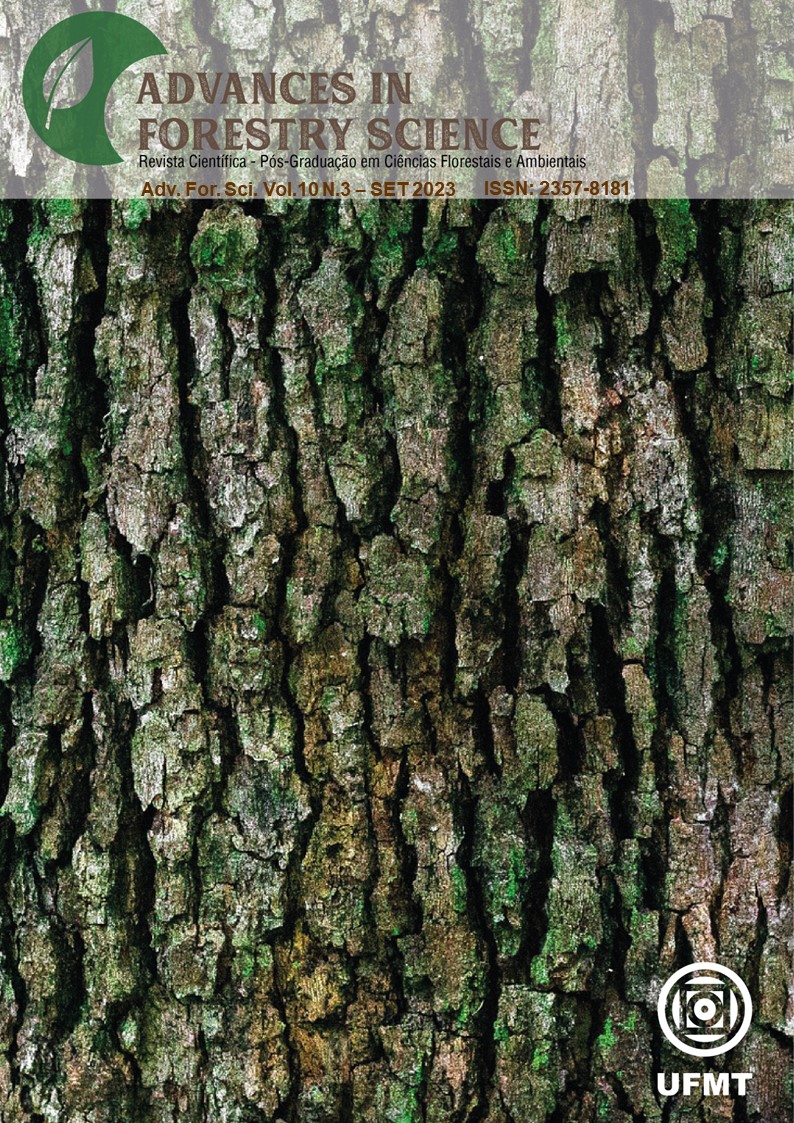Response groups of plants from deciduous and semi-deciduous forests based on dynamic rates: evaluating impacts imposed by dams
DOI:
https://doi.org/10.34062/afs.v10i3.14648Abstract
The functional plant response groups can be useful to comprehend vegetation's reaction to an impact. The responses of tree species in seasonal forests under the influence of artificial damming were evaluated considering the hypothesis that deciduous forests may have more response groups due to their possession of species with higher tolerance to water deficit during the dry season than semi-deciduous forests, as it is an environment with greater water deficit during the dry season and possesses more species specialized in dry conditions. The hypothesis states that (1) increased water availability can hinder the maintenance and establishment of species adapted to dry environments, as they exhibit high tolerance to water deficit during dry seasons, and (2) deciduous forests will have more response groups with high demographic rates (recruitment, mortality, decrement, and increment) due to more dramatic changes in soil moisture. Response groups were detected by comparing dynamic rates of tree species near and far from the artificial lake's shore using Euclidean distance between species' dynamic rates and the Ward method. Few groups were formed away from the dams, and many groups emerged after the impact in both forests, indicating that changes resulting from damming were more prominent near the dam. More negative responses and groups affected by damming were formed in deciduous forests compared to semi-deciduous forests. Predicting the stabilization of these forests remains uncertain, necessitating long-term monitoring for obtaining robust data and additional explanations
Downloads
Downloads
Published
Issue
Section
License
All copyright must be assigned to the Federal University of Mato Grosso.

